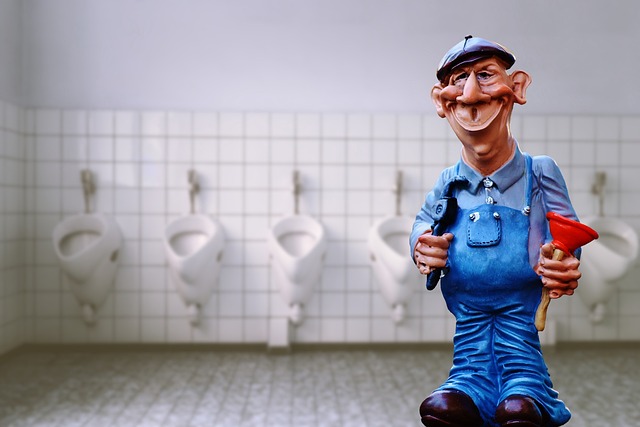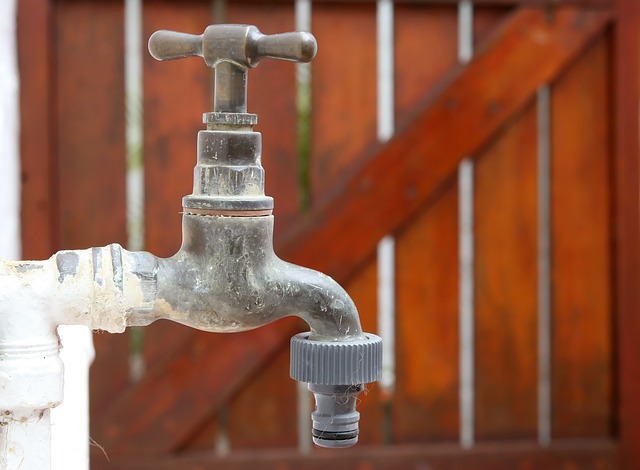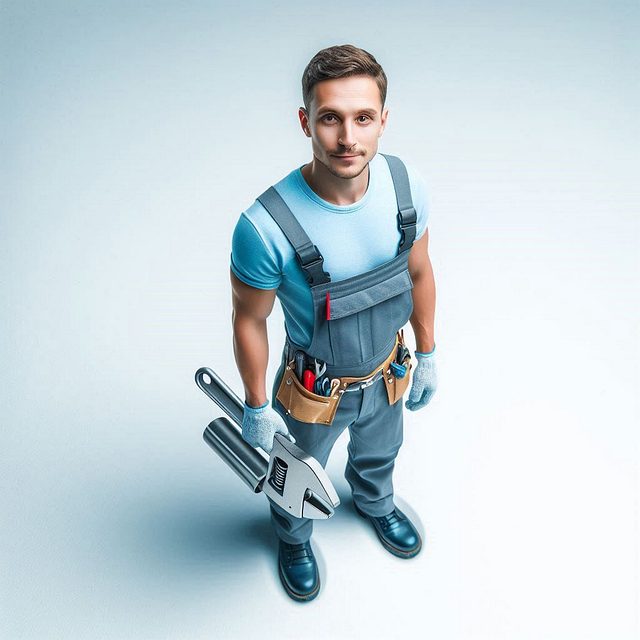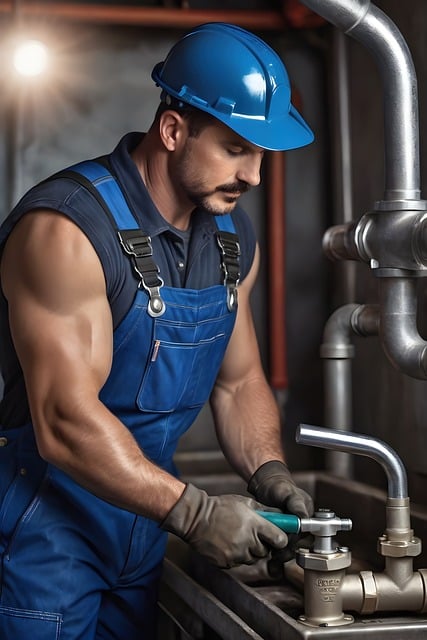Water leaks, from subtle drips to hidden pipes, cause significant damage over time, leading to structural issues, mold growth, and health risks. Modern technology, such as infrared cameras, listening devices, and advanced tools like fiber optic sensors, has transformed leak detection for plumbers. These non-invasive techniques enable faster, more precise identification of leaks in hard-to-reach areas, saving homeowners from costly renovations, health hazards, and environmental waste by conserving water. Despite challenges like cost and weather conditions, these tools remain invaluable for efficient leak detection services provided by skilled plumbers.
In the realm of plumbing, water leaks can cause significant damage and unexpected costs. While traditional methods like visual inspection and listening for drips have long been the norm, modern technology offers innovative solutions. This article explores the use of cameras and listening devices as game-changers in leak detection, providing plumbers with a more efficient, precise approach to identifying and addressing leaks before they become major problems.
- Understanding Water Leaks and Their Impact
- Traditional Detection Methods vs Modern Technology
- The Role of Cameras and Listening Devices in Leak Detection
- Benefits and Limitations: Using Cameras and Listening Devices for Plumbers
Understanding Water Leaks and Their Impact

Water leaks, often invisible or silent, can cause significant damage if left undetected. From small drips to hidden pipes, these seemingly insignificant issues can lead to substantial losses over time. As water seeps into walls, floors, and foundations, it fosters an environment conducive to mold growth, structural degradation, and increased humidity levels—all of which pose health risks. Regular inspections are crucial for homeowners, with many suggesting periodic checks during seasons with varying weather conditions.
A plumber plays a vital role in identifying these leaks through advanced techniques such as infrared cameras and listening devices. These tools enable professionals to detect even the subtlest water intrusions, allowing for prompt repairs and minimizing potential disasters. By staying vigilant and employing modern technology, plumbers help residents avoid costly renovations, health hazards, and the environmental impact of wasted water.
Traditional Detection Methods vs Modern Technology

In the past, detecting leaks relied heavily on traditional methods like visually inspecting pipes and checking for wet spots or unusual smells. Plumbers would physically trace potential leak points, often involving time-consuming processes and potential damage to property. These methods required manual labor and expertise, making them less efficient and more costly.
Modern technology has revolutionized leak detection with advanced tools such as cameras and listening devices. Plumbers now employ non-invasive techniques like fiber optic sensors and thermal imaging cameras to visually identify leaks from a distance. Additionally, listening devices pick up on subtle sounds indicative of water seepage, enabling faster and more precise location of issues. These modern approaches not only enhance efficiency but also reduce damage to infrastructure and properties.
The Role of Cameras and Listening Devices in Leak Detection

In the realm of leak detection, cameras and listening devices have emerged as indispensable tools for plumbers. These advanced technologies enable them to navigate and inspect hard-to-reach areas with precision, identifying potential leaks that might otherwise go unnoticed. By employing high-resolution cameras equipped with infrared capabilities, plumbers can capture detailed images and videos of pipes, walls, and floors, revealing hidden moisture issues or signs of water damage.
Listening devices, on the other hand, play a crucial role in amplifying subtle sounds that might indicate a leak. From the gentle drip of a trickling faucet to the more substantial gurgles within pipework, these devices help plumbers pinpoint exact locations of leaks without invasive digging or extensive demolition. This non-destructive approach saves time, reduces costs, and minimizes disruptions for homeowners, making it a preferred method in the industry—all thanks to the expert eyes and ears of skilled plumbers.
Benefits and Limitations: Using Cameras and Listening Devices for Plumbers

Using cameras and listening devices has revolutionized leak detection for plumbers, offering several significant advantages over traditional methods. These advanced tools enable plumbers to visually inspect hard-to-reach areas, such as buried pipes or narrow passageways, with ease. High-definition cameras equipped with LED lighting can capture detailed images of potential leaks, allowing for accurate assessments without the need for extensive excavation. Additionally, listening devices capable of detecting minute sound patterns can pinpoint water leaks, even in silent pipes, making it easier to identify and locate issues before they escalate.
Despite these benefits, there are limitations to employing cameras and listening devices. Cost is a factor, as these tools can be expensive to purchase and maintain, which may not be feasible for small plumbing businesses or individual plumbers. Moreover, weather conditions can impact the effectiveness of visual inspections, especially in outdoor settings where rain or fog can obscure camera views. Additionally, while these devices are excellent for detecting leaks, they may not always provide actionable data on the root cause, requiring further investigation by skilled plumbers to address complex issues like pipe corrosion or structural damage.
Modern technology, including cameras and listening devices, has significantly enhanced a plumber’s ability to detect water leaks. These tools offer non-invasive methods to identify even the subtlest of leaks, reducing damage and costs associated with traditional detection methods. While benefits like real-time monitoring and visual evidence are undeniable, limitations such as initial investment and potential false readings must be considered. Embracing these modern techniques empowers plumbers to provide efficient, effective solutions for their clients, ensuring faster repairs and minimized water waste.
